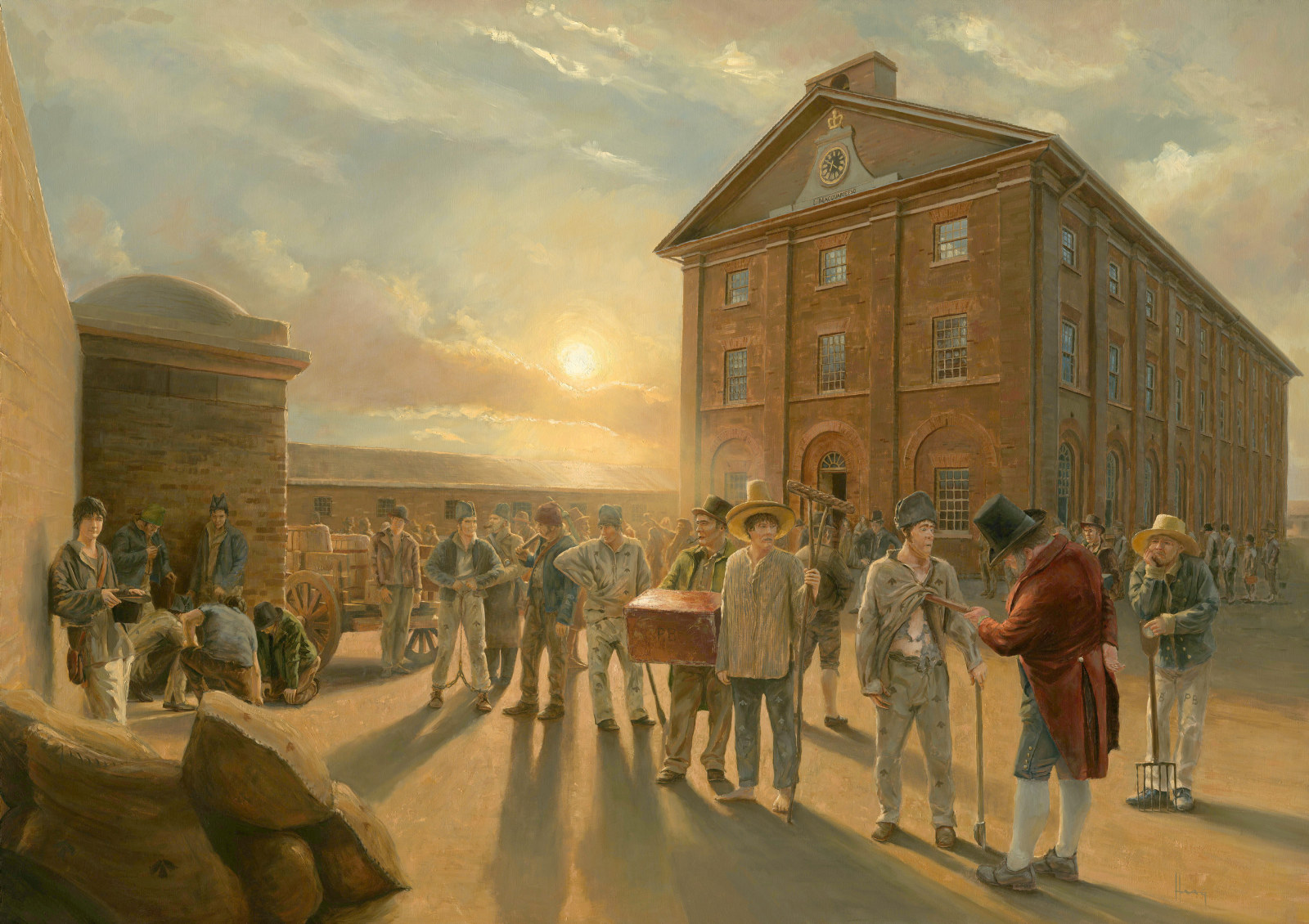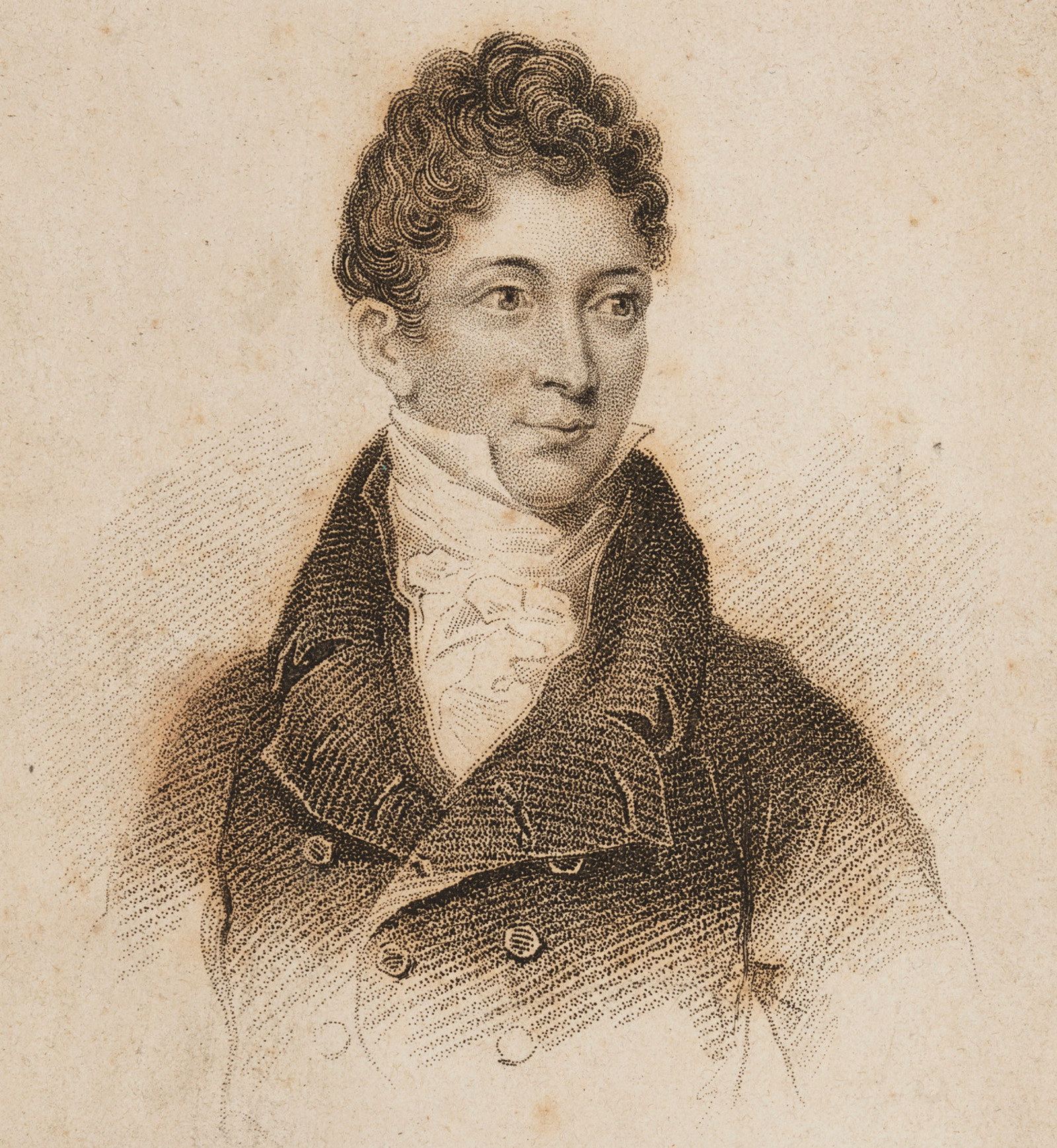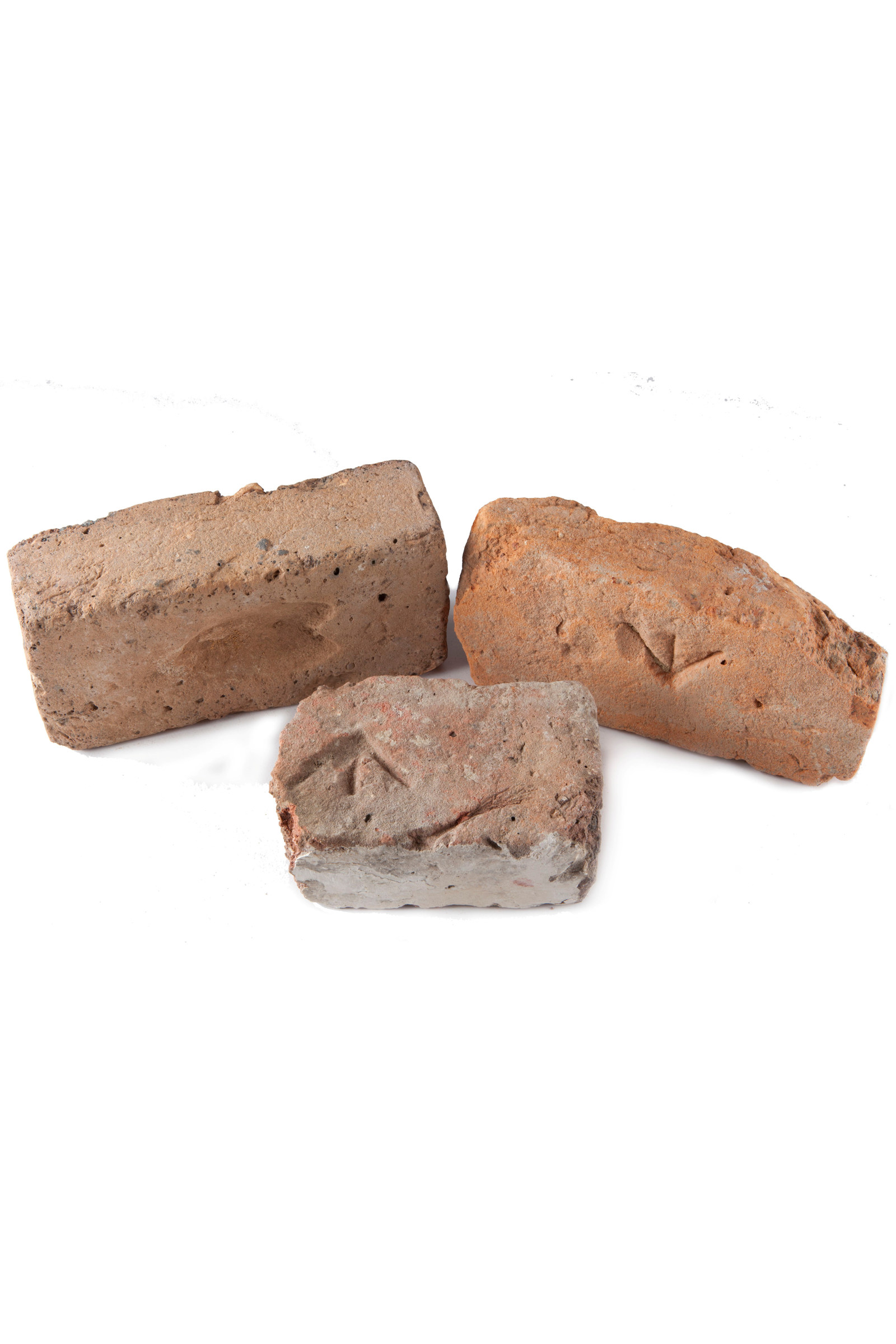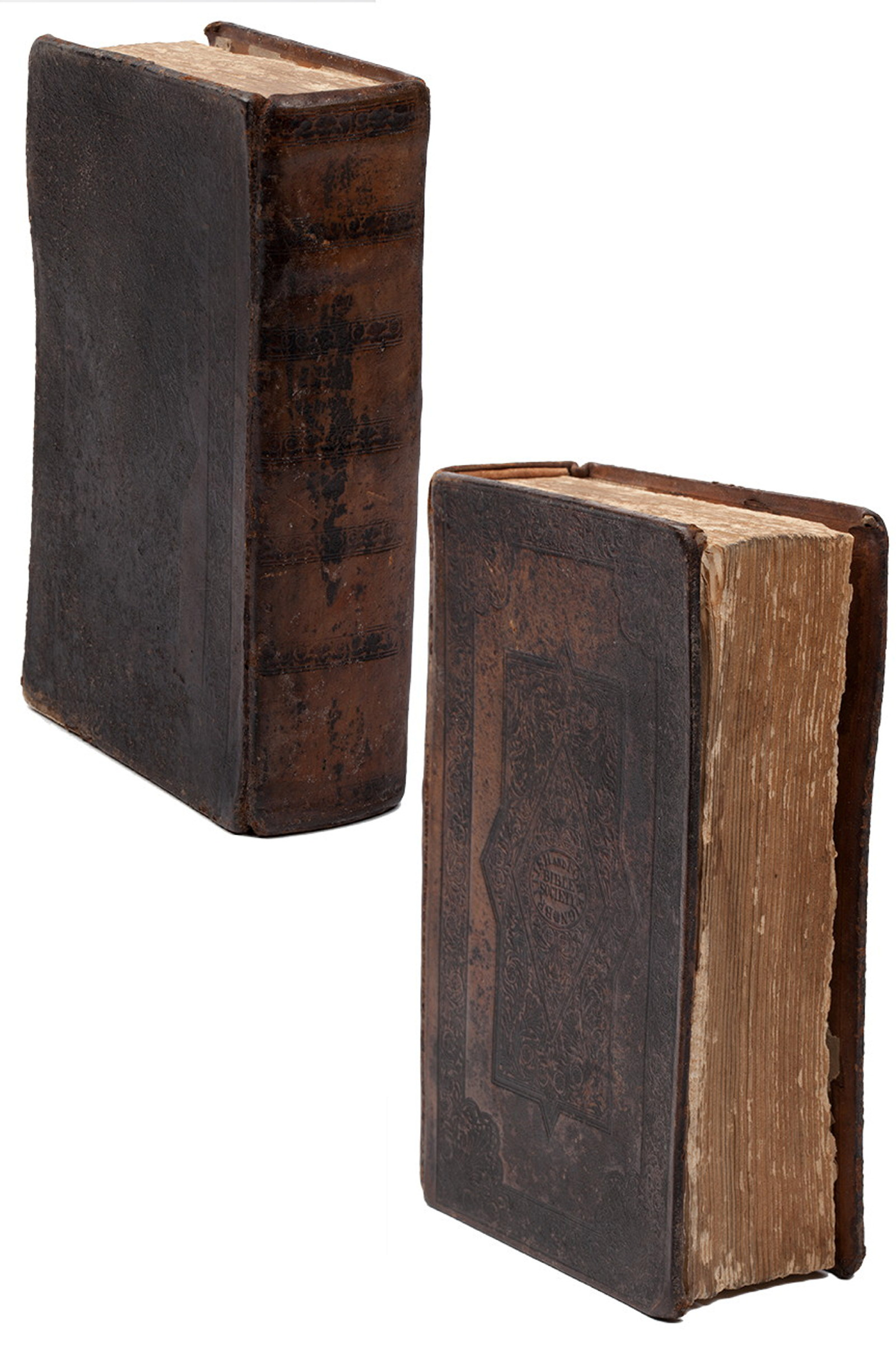Thomas Brisbane
Brisbane came to the colony with a clear mandate to get tough on convicts and support large scale farming
Brisbane was a brigadier-general, the most senior officer to have become governor at the time of his appointment. While hard-working and intelligent, he was not a good civilian leader and was out of his element in the faction-ridden colonial society. Where Macquarie had attended to every administrative detail and petty squabble, Brisbane delegated a great deal to his officials.
Brisbane’s aim was to divide society into a landowning class of free emigrants who would increase the colony’s wealth, and a subordinate class of convicts and ex-convicts, who would labour for them.
He put an end to land grants, and began selling it for 5 shillings an acre (around $47 dollars today) and would only sell to those he felt had proven their ability to improve the land and produce for the colony. He supported the education of convicts with potential, posed excessive corporal punishment and was lenient in granting pardons. he also ordered that skilled convict mechanics (such as carpenters, builders, blacksmiths etc) be hired rather than assigned with payments going to the crown.
He encouraged landowners to experiment with a range of plantation crops like Virginian tobacco, Georgian cotton, Brazilian coffee and New Zealand flax.
To some extent, he achieved his assigned goals. As Britain had hoped, fewer stories were heard of ex-convicts gaining wealth and status and more stories of suffering, helping authorities recast transportation as a hellish fate to be dreaded.
Brisbane's legacy
The four-year governorship of Sir Thomas Brisbane, from 1821 to 1825, left a colony transformed, both socially and geographically. He’d been tasked with fostering its pastoral potential, but also advancing public life.
In 1824, Brisbane gave approval to the convict-born William Charles Wentworth and fellow barrister Robert Wardell to set up an independent newspaper, The Australian, which openly embraced the ex-convict community, much to the annoyance of the colonial gentry.
By widening the powers of the Supreme Court and establishing a NSW Legislative Council, Brisbane gave the colony its first glimpse of representative government. Among the council’s first actions was the introduction of jury trials in civil cases.
By the end of Brisbane’s term, most of Bigge’s instructions had been put in place and he departed the colony ‘without regret’, leaving behind his astronomical instruments and a library of 350 scientific books.
Related

Convict Sydney
Convict Sydney
From a struggling convict encampment to a thriving Pacific seaport, a city takes shape.
Published on
Convict Sydney
Browse all
Convict Sydney
Harbourside Gothic: The convict origins of Vaucluse House
Its architectural style is not all that is gothic about Vaucluse House. Discover the dark history of the house’s first owner, Henry Browne Hayes

Convict Sydney
James Hardy Vaux
Some convicts were transported more than once. Vaux was sent to the colony three times, each time arriving under a different name.

Convict Sydney
Sandstock Bricks
Sandstock bricks such as these were the building blocks of Governor Macquarie’s ambitious public works scheme for Sydney

Convict Sydney
Bible & Prayer Book
The name and the date 1837 written inside the covers tell us they once belonged to an English brass founder named Thomas Bagnall